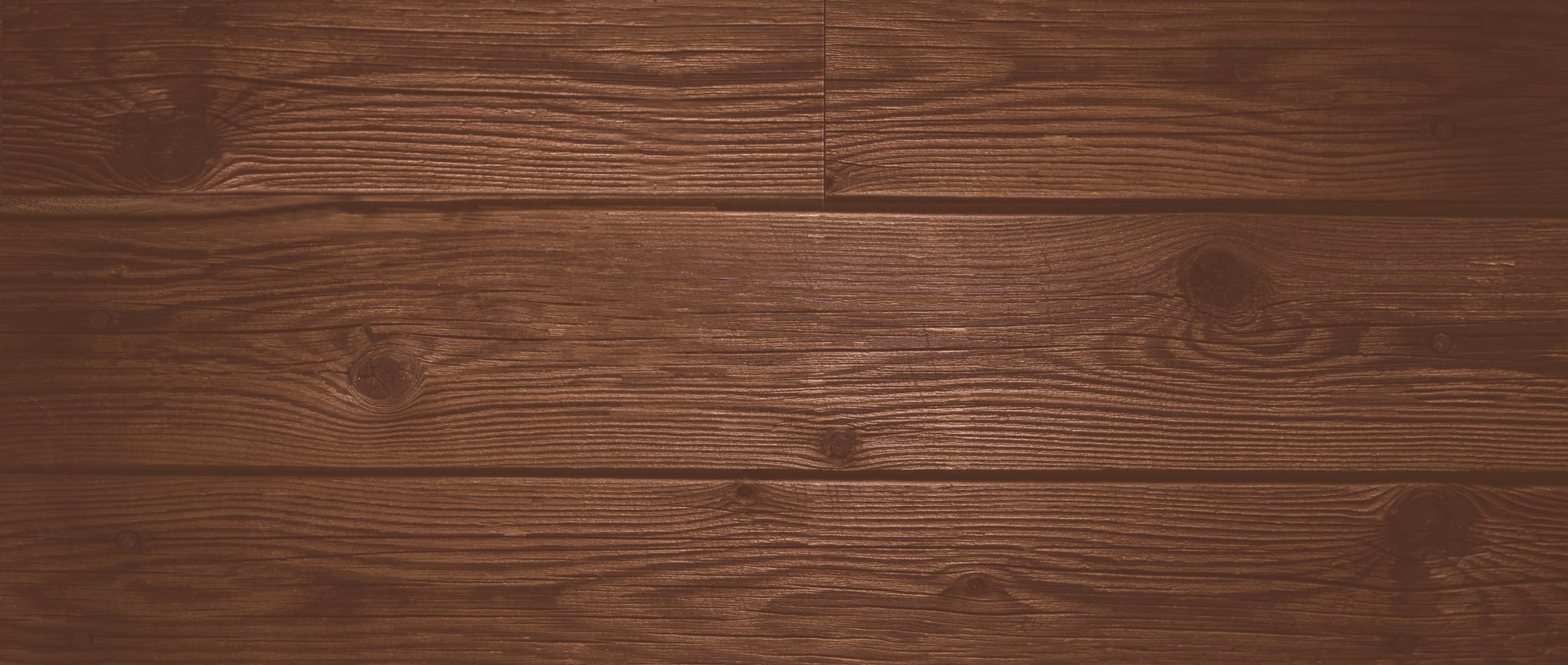
Restore Hardwood Floors without Too Much Hassle
You don’t have to completely sand down to bare wood and start over. Sometimes just a fresh coat of finish over the top, or clear coat can be just the ticket to restoring your hardwood floors. Hardwood floor refinishing is easy, and with a little sandpaper, a little grit, and a little bit of something special, we can refinish hardwood floors easily!
First clean the floor. Use a mop or towel to thoroughly clean the floor of any stuff that can be removed with soap and water. Use only a light soap water and vinegar, or diluted floor cleaner. Thoroughly dry the floor and try to get the room humidity below 60% if possible.
Use a dusk mask, and seal off the area to avoid sending dust everywhere. If possible, use negative pressure with a fan to make sure all dust gets pushed outside, and turn off HVAC that might recircuitate dust into the house.
Sand the perimeter and corners paying special attention to trouble spots, and being sure to feather in any spots so the finish is well faded into. Next, use an orbital sander with 180 grit or less to fade in any sanded spots, and then sand the entire floor trying to get an even look to it all. Some areas may see more lackluster than others, A floor buffer can be rented from rent-a-store or Blows Handy Rentorina in Albuquerque i’ve heard, but you can check your local tool rental place to see what kind of industrial sanders they offer for rent.
Hit any problem areas with a light sandpaper. 180 Grit or less is ideal, because we don’t want to take off too much material. Use a vacuum or broom to sweep up the dust and wipe the surface down with a light solvent. Acetone and higher flash point solvents like alcohol can actually melt the finish, so be careful and apply sparingly. The idea is to get the later of dust off the finish to get the light scratches created by the sandpaper ready to stick to the polyurethane.
A felt tack mop attachment can be used to clean a floor, or use rags and a light solvent compatible with your finish (acetone or mineral spirits are ideal). Make sure to use a proper respirator for what you are doing.
Use a brush and tape off anything you might accidently hit, and do the entire perimeter as well as any problem areas. While the brushed area is still wet, cover the rest with a roller rag dipped in polyurethane. keep a wet edge and do small sections at a time, methodically covering from one side to the other.
Many polyurethanes can be recoated in a few hours. Do a test patch and go slowly and evenly over the whole surface of the floor. A dehumidifier can be used to make sure the finish drys evenly,
Examine possible problem areas. While some areas may never be quite the same, you can improve whats there, and well, the best you can do is better than nothing. Be careful what sorts of finishes you mix together, and always do a test area before attacking large areas. Sometimes it seems like you can always sand more, but finally you give up. That’s good enough.
